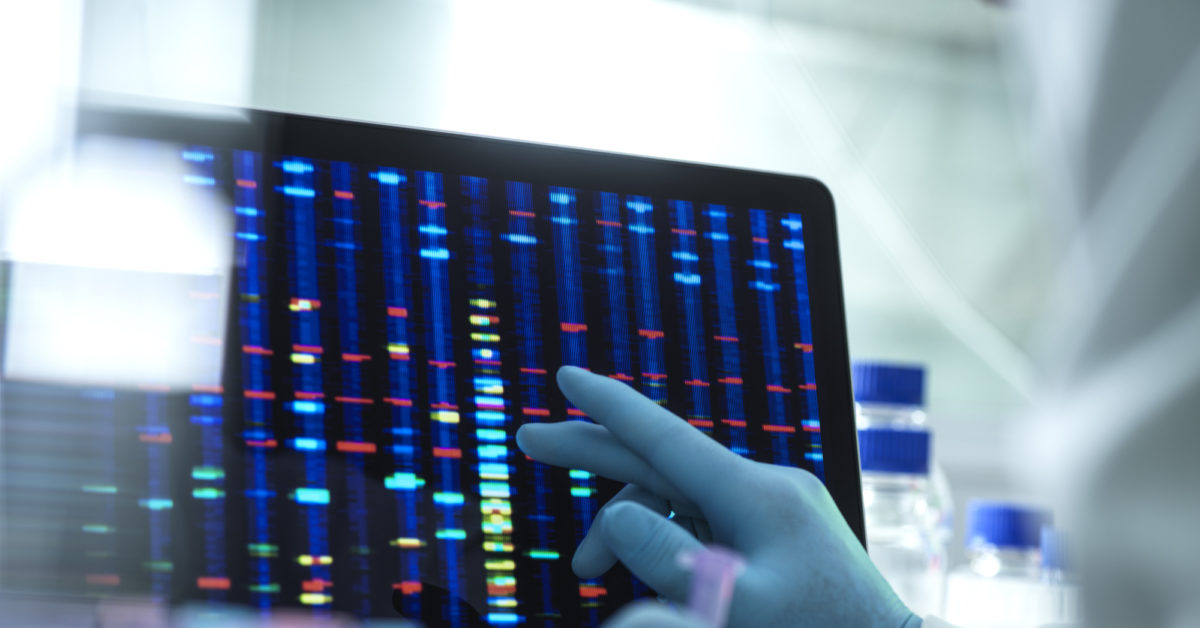New research in mice suggests that when the DNA allows it, the brain neutralizes fearful memories using ‘fear extinction.’ The flexibility of a person’s DNA structure may correlate with a ‘flexibility of memory,’ according to new research.

When confronted with danger, fear spurs a person into defensive actions. This is invaluable as a survival mechanism; however, there is little reason for fear to persist once a threat passes.
The brain neutralizes the memory of that feeling with something called “fear extinction.” This process involves a non-fearful memory with similar circumstances competing with the fear memory to try to suppress it.
A new study finds that the ability to neutralize fear depends on the flexibility of one’s DNA.
“Fear memories need to be plastic. They can be very useful for survival, but they can also get in the way of normal functioning,” says Dr. Paul Marshall of the University of Queensland, Brisbane, Australia. He is the lead author of the study, which the team published in Nature Neuroscience.
There is more than one way in which the strands in DNA’s well-known double-helix structure may twist.
“The most common and most widely recognized form is the ‘B-DNA’ double helix, which twists in a clockwise direction,” says Marshall. “But, with a slight rearrangement of how DNA base-pairs connect with one another, DNA can form other helical structures, such as Z-DNA.”
To understand how this can happen, the researcher offers the following explanation: hold out the hands, palms down, so that the thumbs touch. In this position, the thumbs represent the bases of two DNA strands — and this is how they connect in the B-DNA structure.
Now move the pinkies downward, twisting the wrists so that the thumbs spread apart, the palms face up, and the pinkies touch — t

